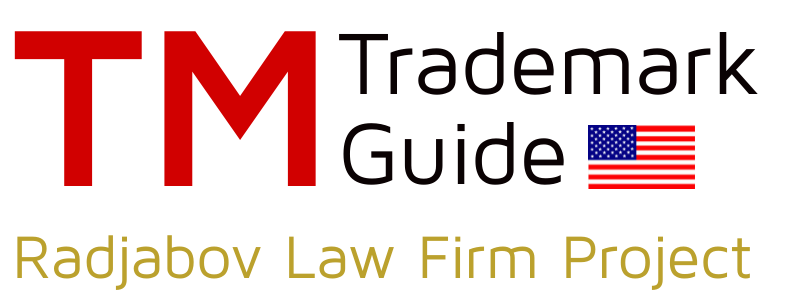The examination process for trademark applications at the United States Patent and Trademark Office (USPTO) generally follows the order in which the applications are received. However, certain applications may be designated as “special” and prioritized accordingly.
Amendments to applications, as well as requests for review by the Trademark Trial and Appeal Board, are also typically processed in the order they are received. If an applicant submits a voluntary amendment prior to the application being assigned for examination, it will be included in the record and considered by the assigned examining attorney during the initial review. These voluntary amendments must adhere to the same standards for examination as those made in response to a refusal or requirement.
If a voluntary amendment proposes changes to the identification of goods or services, it will be evaluated based on the original identification. Similarly, any changes to the mark drawing or description made before examination will be compared to the original to determine if they constitute a material alteration.
When an application has been suspended, the examining attorney should promptly address it upon its removal from suspension. Examining attorneys should also promptly respond to inquiries about applications that have been approved for publication or issue but require further action or information. In certain cases, the managing attorney may direct that a particular case receive special handling.
If an examining attorney resigns, they should prioritize finalizing any amended cases, particularly those with complex records, before leaving the office.
Q: Can an application for a trademark be expedited for review?
A: Yes, there are two ways that an application can be designated as “special” and given priority for examination: a request to make special or a petition to make special.
Q: How do I request to make my application special?
A: To request that your application be made special, you must meet certain criteria and follow a specific process. Your application must be for the registration of a mark that was the subject of a previous registration that was inadvertently cancelled or expired under certain sections of the U.S. Code (15 U.S.C. §1058, §1059, or §1141k). You must also be the prior registrant or the assignee of the prior registrant, and the mark in the new application must be identical to the mark in the cancelled or expired registration. The goods or services in the new application must also be identical to or narrower than those in the cancelled or expired registration. To request that your application be made special, you must first file it via the Trademark Electronic Application System (TEAS), unless you qualify for an exception. Then, you must submit a request to make special that includes the newly assigned serial number and the number of the cancelled registration. This request should generally be filed electronically using the TEAS Request to Make Special form, available on the USPTO website. The request will be reviewed by the Office of the Deputy Commissioner for Trademark Examination Policy.
Q: What is a petition to make special?
A: A petition to make special is a request to the Director of the USPTO to advance the initial examination of an application out of its regular order. To file a petition to make special, you must follow the requirements and procedures outlined in the Trademark Manual of Examining Procedure (TMEP).
Q: How does the examining attorney handle applications that have been made special?
A: The examining attorney must promptly examine any application that has been designated as “special.”

